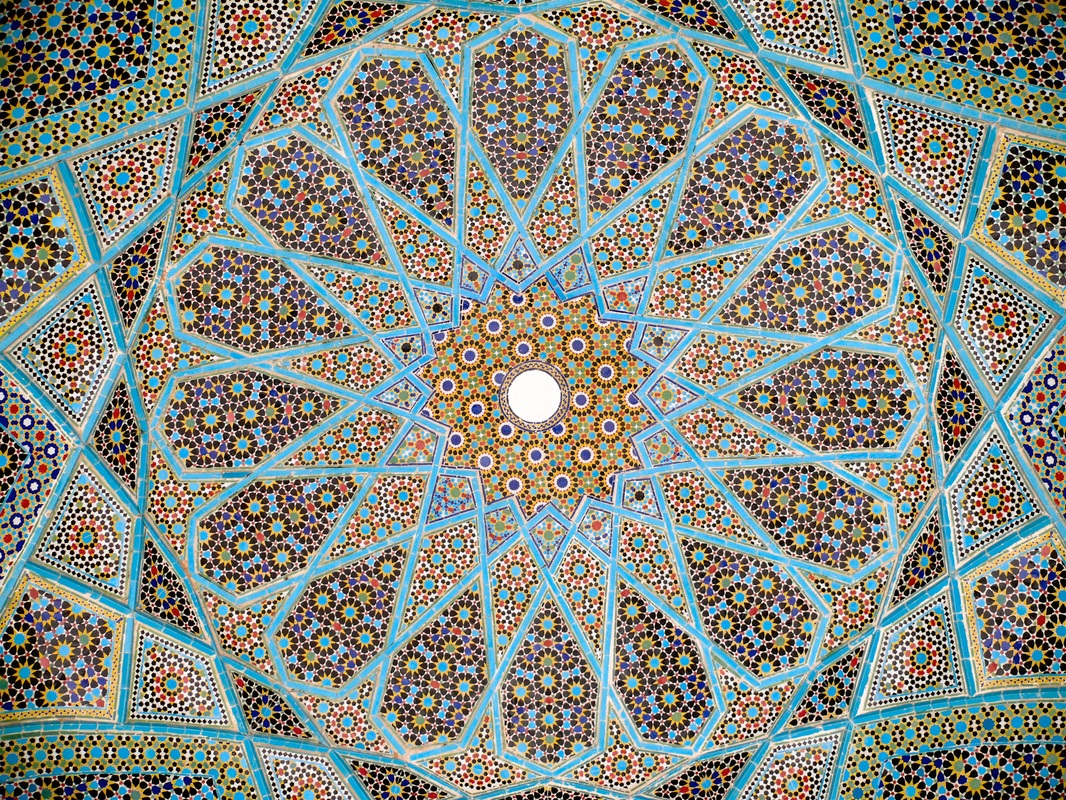

Tessellation in nature series#
The bigger the Fibonacci series gets, the closer the proportion of neighboring 2 numbers come to the fixed number, and the ultimate number (when the number is calculated over and over) is the golden proportion. In the book, he asked a question called "Question of Rabbits": how does a pair of rabbits reproduce under certain conditions? The answer is the Fibonacci series. He introduced the Hindu-Arabic numeral system (the numbers from 0 to 9 familiar to us today) with a book called "The Book of Calculation" in Europe. Other than that, pine cones and pineapple scales have whirlpool-like patterns, but the number of arms also demonstrates the Fibonacci series.įibonacci was a mathematician who played an important role in Pisa, Italy between the 12th and the 13th century. The number of the whirlpool's arms is the Fibonacci series. In a sunflower, the arrangement of seeds is a whirlpool-like pattern. For example, the series goes 1,1,2,3,5,8,13,21 -Following are the Fibonacci series that can be observed in natural phenomena. To obtain each number of the series, you simply add the two numbers that came before it. The Fibonacci Series is a mathematical number patter where the first two numbers in the series are one and one. The spiral structure of sunflower seeds, intricate coastlines and bee hives - what math is related to these? In nature, some phenomena can be presented in slightly distinctive numbers.


 0 kommentar(er)
0 kommentar(er)
